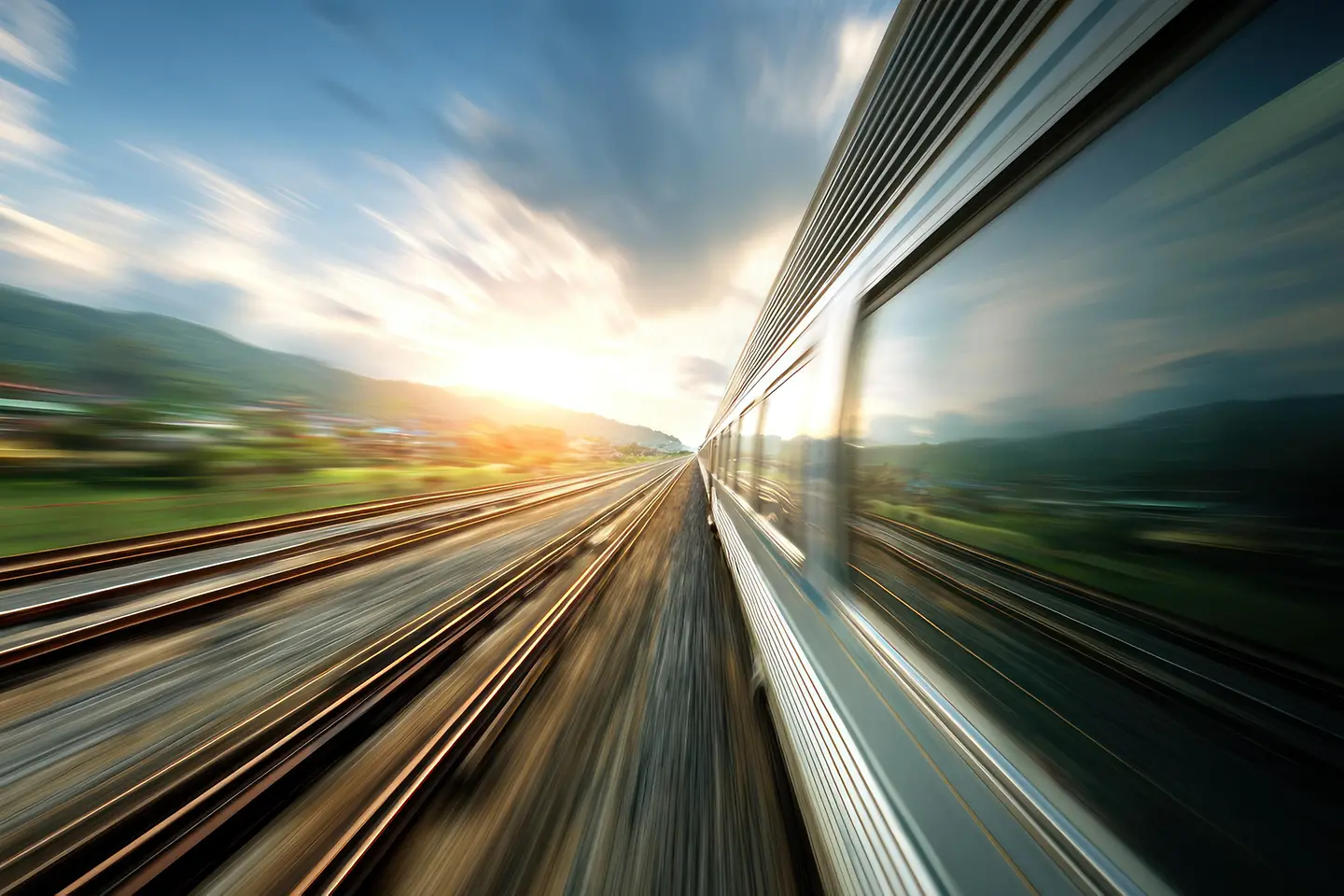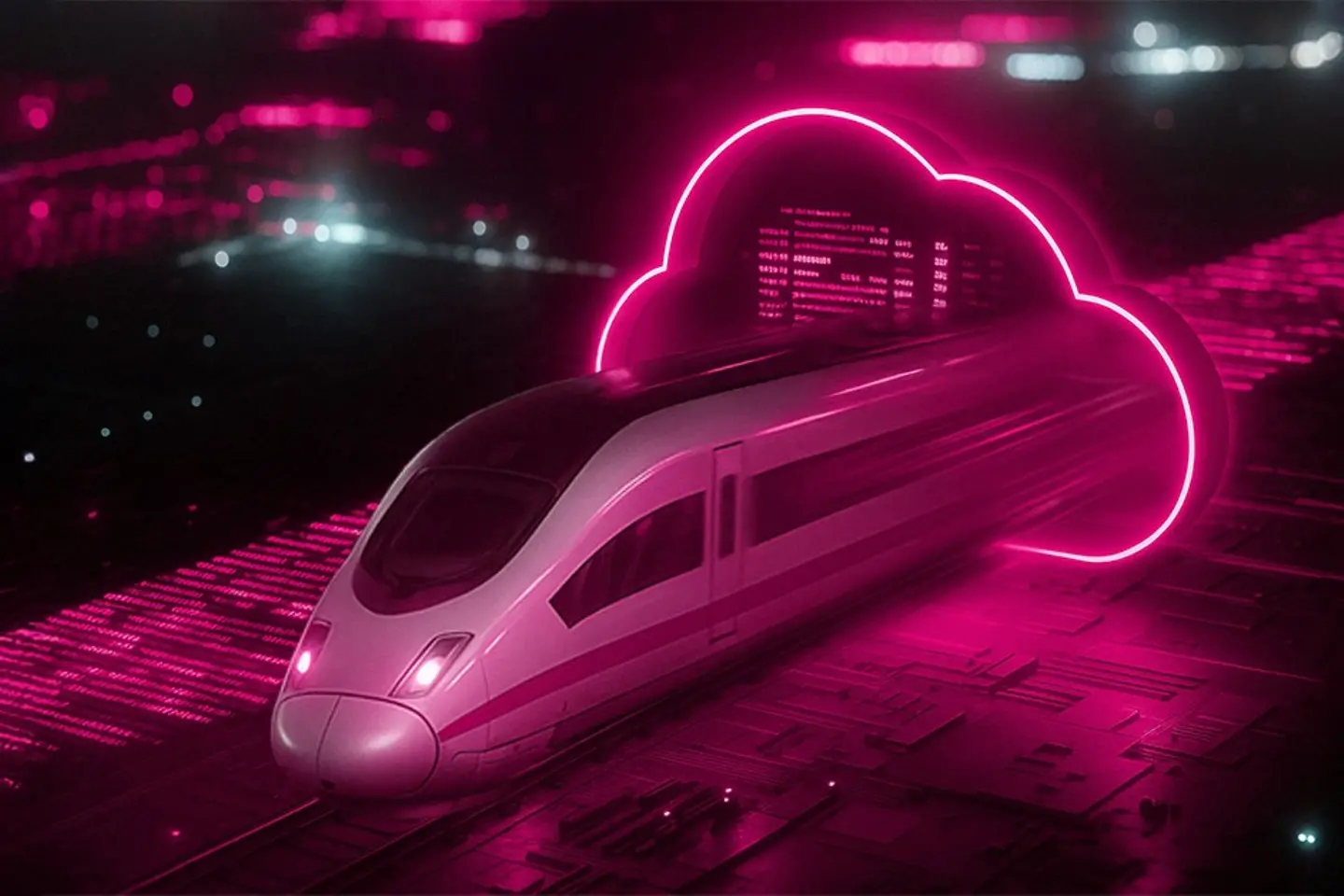
Signal boxes are the central nervous system of rail transport: this is where all the important information comes together, the central decisions have to be made, and all the movements of the trains have to be coordinated. In Germany, however, quite a few are ripe for the museum and are to be replaced by modern variants. With T-Systems and Hitachi Rail, these can also be set up digitally in the sovereign cloud.
Signal boxes control the so-called decentralized objects in the area –and thus switches, barriers, or signals. In Germany alone, around 4000 signal boxes are in use. There is a coexistence of different signal box types. These include mechanical variants in which the employees still operate the signals and points with levers. For example, at Thale station in the Harz Mountains, one of the oldest signal boxes in Germany, still in operation from 1897, is used. In addition, there are electromechanical, electronic, and a few digitalized signal boxes. Older technologies, particularly those still in widespread use, are susceptible to frequent malfunctions and cause failures. They have to be renewed step by step, but only digital interlockings set the signal to green for the digitization of the railway. This is because they allow trains to run faster and at short intervals in the German cycle.

Europe's first digital interlocking (DSTW) was put into operation on 19 January 2018 in Annaberg-Buchholz Süd, Saxony. In 2019, the first DSTW in long-distance transport went into operation in Rostock-Warnemünde. When completed, 280 digital interlockings will control the 33,400-kilometer route network in Germany. They will transmit the control commands digitally to tracks, switches, and signals via high-performance fiber optic cables. With the European Train Control System (ETCS), which is uniform throughout Europe, Deutsche Bahn can smartly connect all data from tracks and trains with the digital interlockings.
According to Deutsche Bahn, up to 30 percent more trains can run on the existing infrastructure with a digitized and harmonized system. Trains will then no longer come to a standstill on the open track but will travel at an adapted speed in the free track slots thanks to networking. In this way, the construction of more tracks can be avoided, and still more traffic can be shifted to the rails. In addition, the uniform interlocking technology will facilitate administration and maintenance and help curb the shortage of skilled workers at the railway. This is because digital interlockings require fewer staff, and in the event of bottlenecks, one can step in for another. Additionally, public transport must become more digital to achieve greater climate protection and ensure the success of the mobility turnaround. Digital interlockings therefore also offer an important lever for the "Digital Rail" project.

If we want to achieve more climate protection and the mobility turnaround to succeed, public transport must become more digital. Digital interlockings offer an important lever for this.
Stephan Kaulbach, Chief Technology Officer in the Public Transport division at T-Systems
A signal box regulates traffic within a certain radius, which varies greatly depending on the technology. While a mechanical interlocking covers a maximum radius of less than 2 kilometers, an electronic interlocking (ESTW) reaches up to 12 kilometers. With the digital interlocking, ranges of between 50 and 100 kilometres are even possible. To fulfill this task, it does not necessarily have to be outside on the train routes. To do this, T-Systems separates the business logic from the control components. In other words, what has to stay in the area stays in the area. But this only applies to switches, barriers, and signals. We are moving the actual control to our T Cloud. Together with our industrial partner Hitachi Rail, we guarantee that we can offer the same level of security with the cloud variant as the current conventional solutions. We take care of the protection against cyber attacks (security) and ensure the safety of the travelers (safety).
When interlocking systems are harmonized and streamlined in the cloud, this not only reduces complexity for the railway. Four other arguments speak in favor of the cloud variant.
T-Systems has been developing transformative solutions in public transport for many years. As public transport experts, we support the digital railway infrastructure with tailor-made IT solutions and ensure a more reliable rail infrastructure with IoT-enabled sensors, real-time analysis, and predictive maintenance. Our T Cloud forms the basis for this: a sovereign, highly available and secure cloud environment that ensures that sensitive data from infrastructure and operations remains within national and European borders - a decisive factor in critical infrastructures such as the rail network. At the same time, we ensure compliance with national and EU regulations such as the GDPR, strengthen the technological autonomy of the railways and reduce geopolitical risks. Together with our partner Hitachi Rail, we are also driving forward the digitalization of interlockings – with a clear focus on innovation, safety and digital sovereignty.